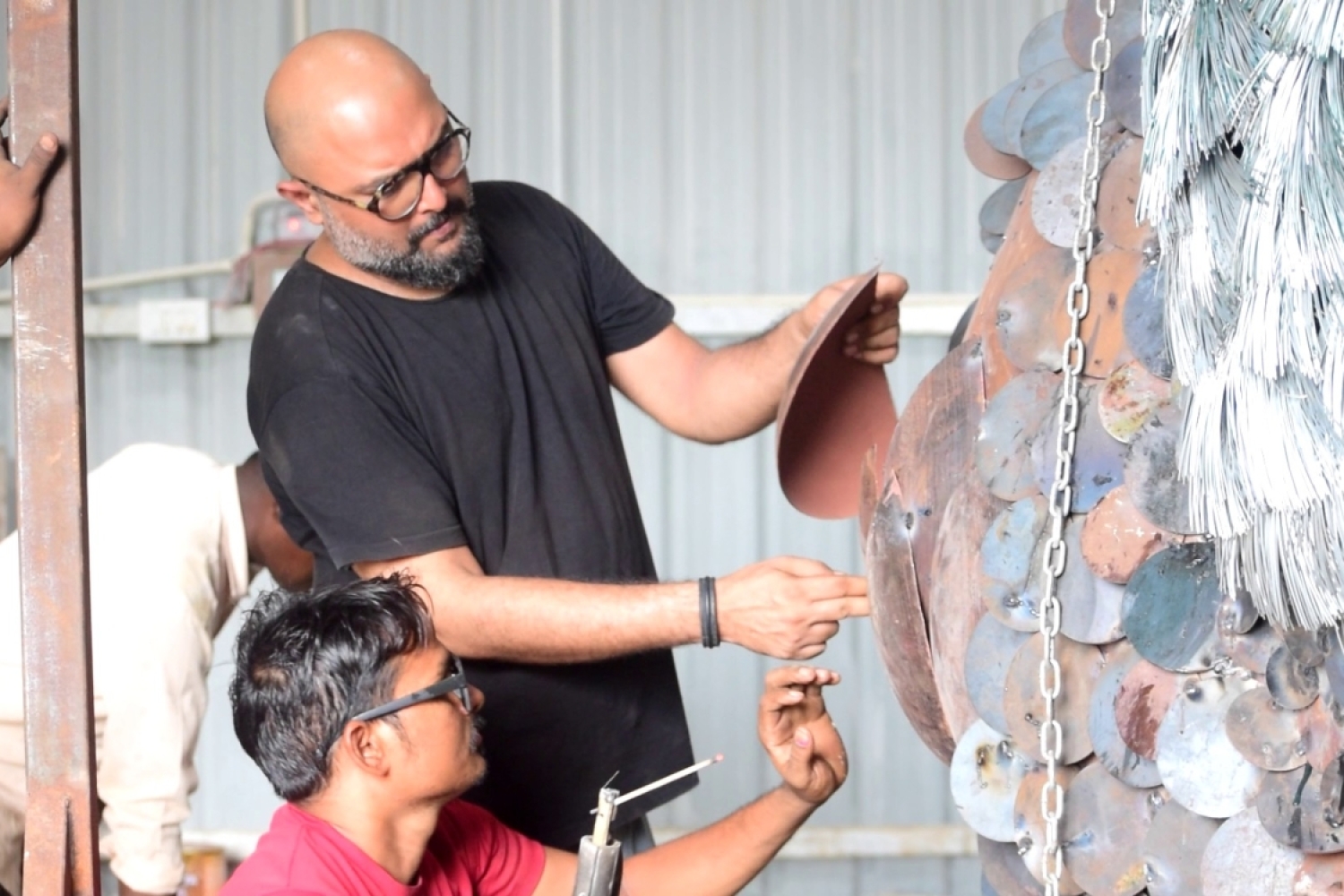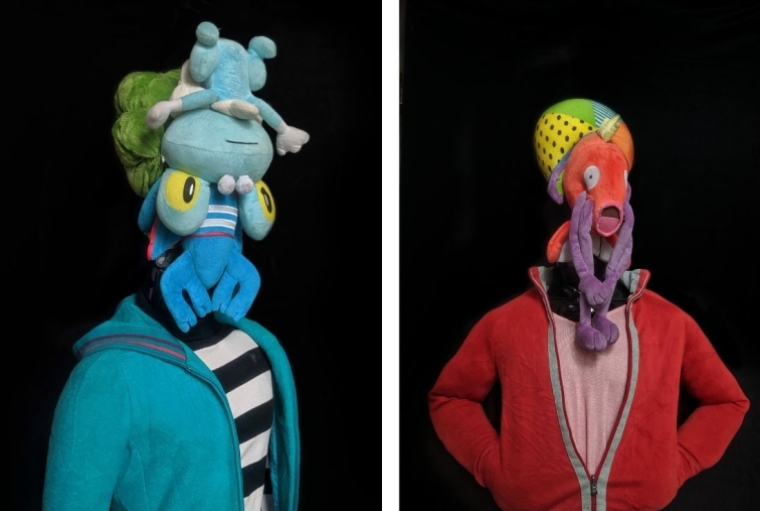

Growing up, Siddhartha Kararwal was always drawn to the idea that if you gather enough random objects and piece them together, they can transform into something entirely new. “There’s a certain magic in that process of reimagining the familiar,” Siddhartha reflects. This fascination led them to assemblage art, which naturally evolved into sculpting over time. His journey took them to Maharaja Sayaji Rao University, where he honed his skills as a sculptor. However, more than anything, Siddhartha was driven by a need to find new ways to express himself through any material that came their way.
As an artist, Siddhartha's design sensibility leans heavily toward experimentation. He loves pushing the boundaries of traditional materials, with fabric being a recurring favourite. “For me, it’s not just about texture or colour. Fabric—especially cotton—carries with it centuries of culture and history,” he explains. Cotton, in particular, fascinates Siddhartha due to its ubiquitous presence and the endless cycle of consumption, production, and return it undergoes. This cycle, especially poignant in a world obsessed with fast fashion, is something he deeply deels and aims to express through their work.
One of Siddhartha's more recent series, Export Surplus, uses discarded toys and mannequins to explore this very idea. The title is a commentary on the excesses of mass production—how the things we create and overproduce often end up as artefacts of our time. “These objects, once central to someone’s life, now sit discarded, waiting to be reimagined,” he notes. The work is satirical and humorous, a tone Siddhartha loves to use. “Humor, for me, is like a new language—especially in a world that constantly bombards us with images and ideas. It helps cut through the noise, allowing me to communicate more clearly, and with a lighter touch.”
When asked to create large-scale pieces, like backdrops or stage sets, Siddhartha's approach shifts significantly. “The initial sketches and the armature become crucial, especially when working under tight deadlines and at a much larger scale,” he explains. Precision and planning at the start are everything. This process contrasts with the intimate, smaller works where there’s more freedom to experiment on the fly. With large-scale works, everything needs to be tightly planned but still infused with creativity and expression.
Currently, he is diving into ceramics, a medium he hasn't explored much before. “It’s been an exciting departure from what I’m used to, and I’m still figuring out where it’s going to take me,” they share. The forms will continue to evolve as they experiment, but the constant goal is to capture time. Siddhartha has always been interested in documenting the stories and narratives of today—whether through fabric, discarded toys, or now ceramics. His work contains many layers of meaning and multiple narratives, all living within one larger surface, like a continuous record of our shared experiences.
To Siddhartha, contemporary art is less about technical perfection and more about the exploration of ideas. “Sure, execution matters, but what’s exciting is when you can blend those ideas with a touch of satire or humour,” they say. "This combination is what makes art relevant today. In a fast-paced, ever-evolving world, art needs to reflect that churn, that constant movement. And humour, in its way, is one of the most powerful tools we have to engage with that reality."
Words Hansika Lohani
Date 19.09.2024
